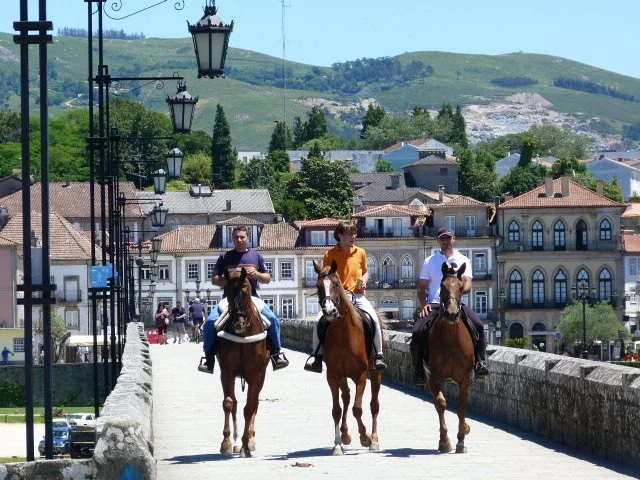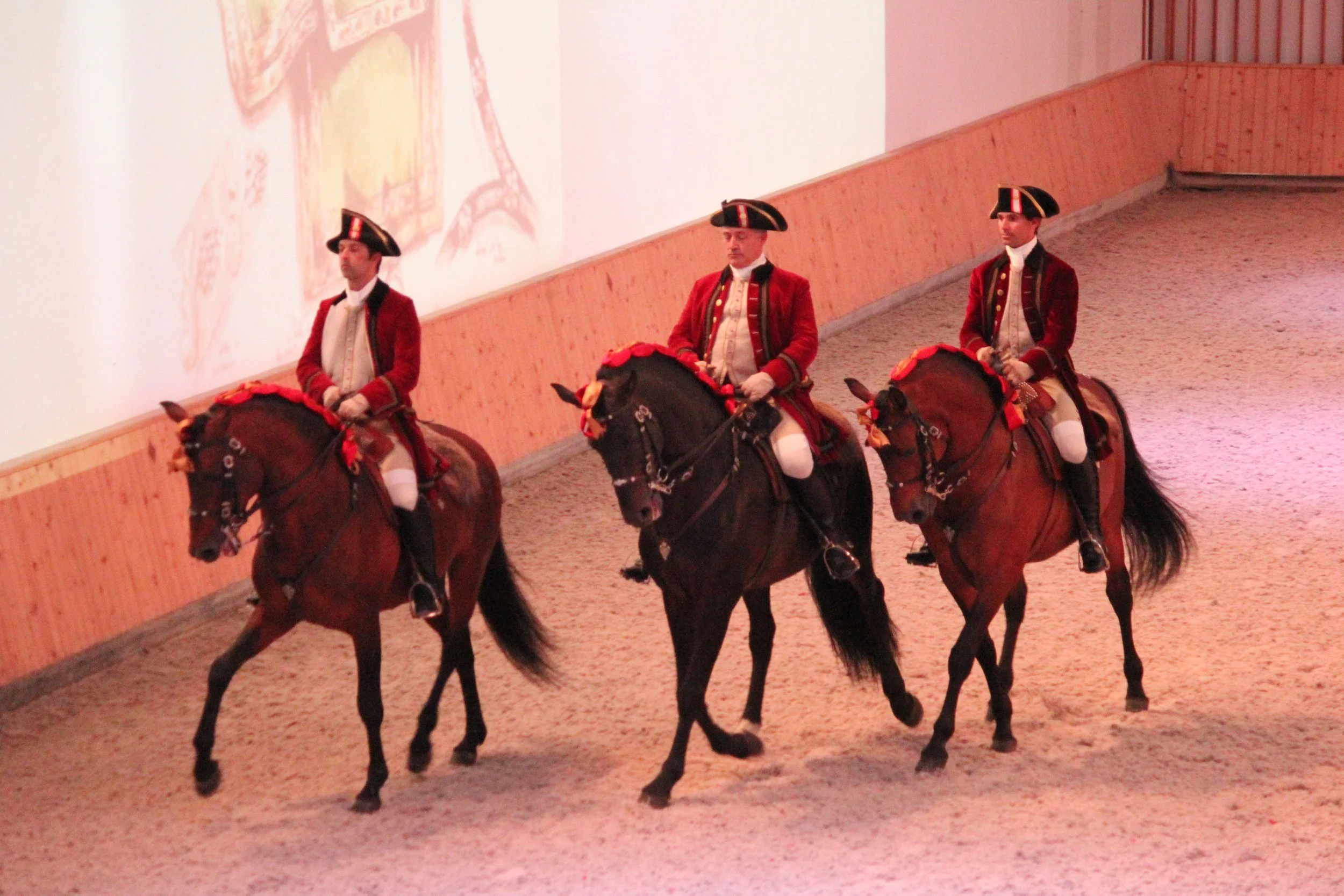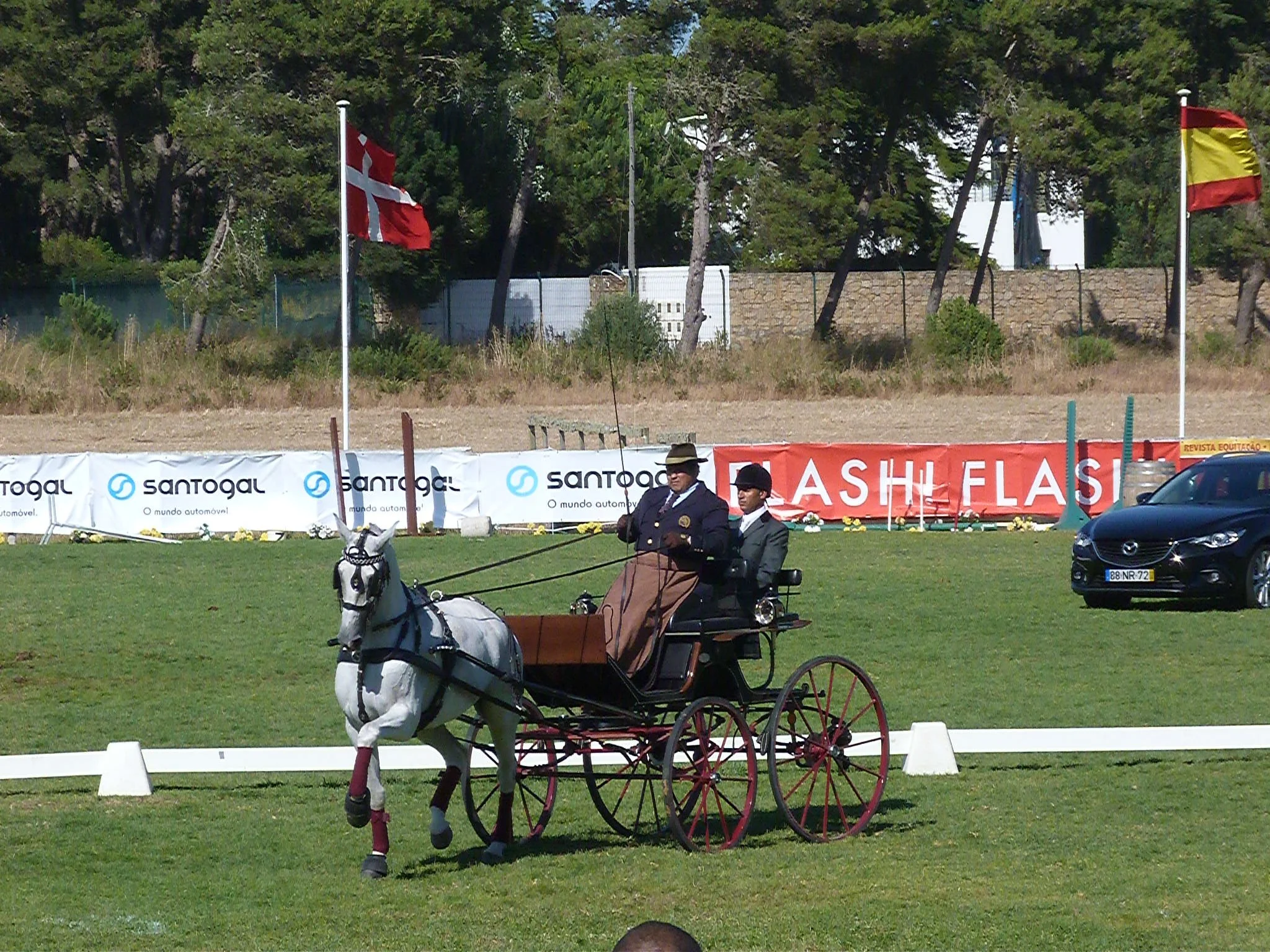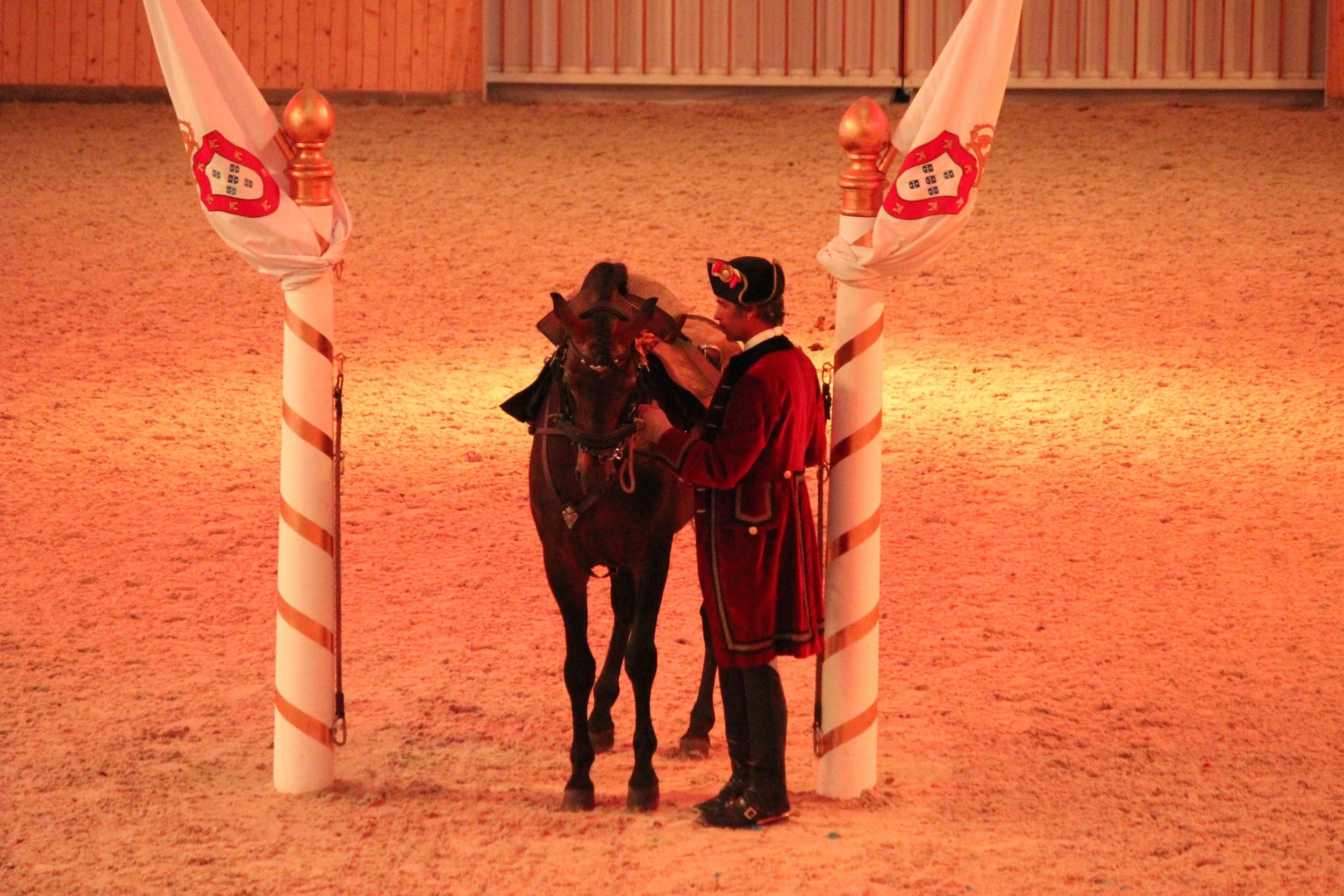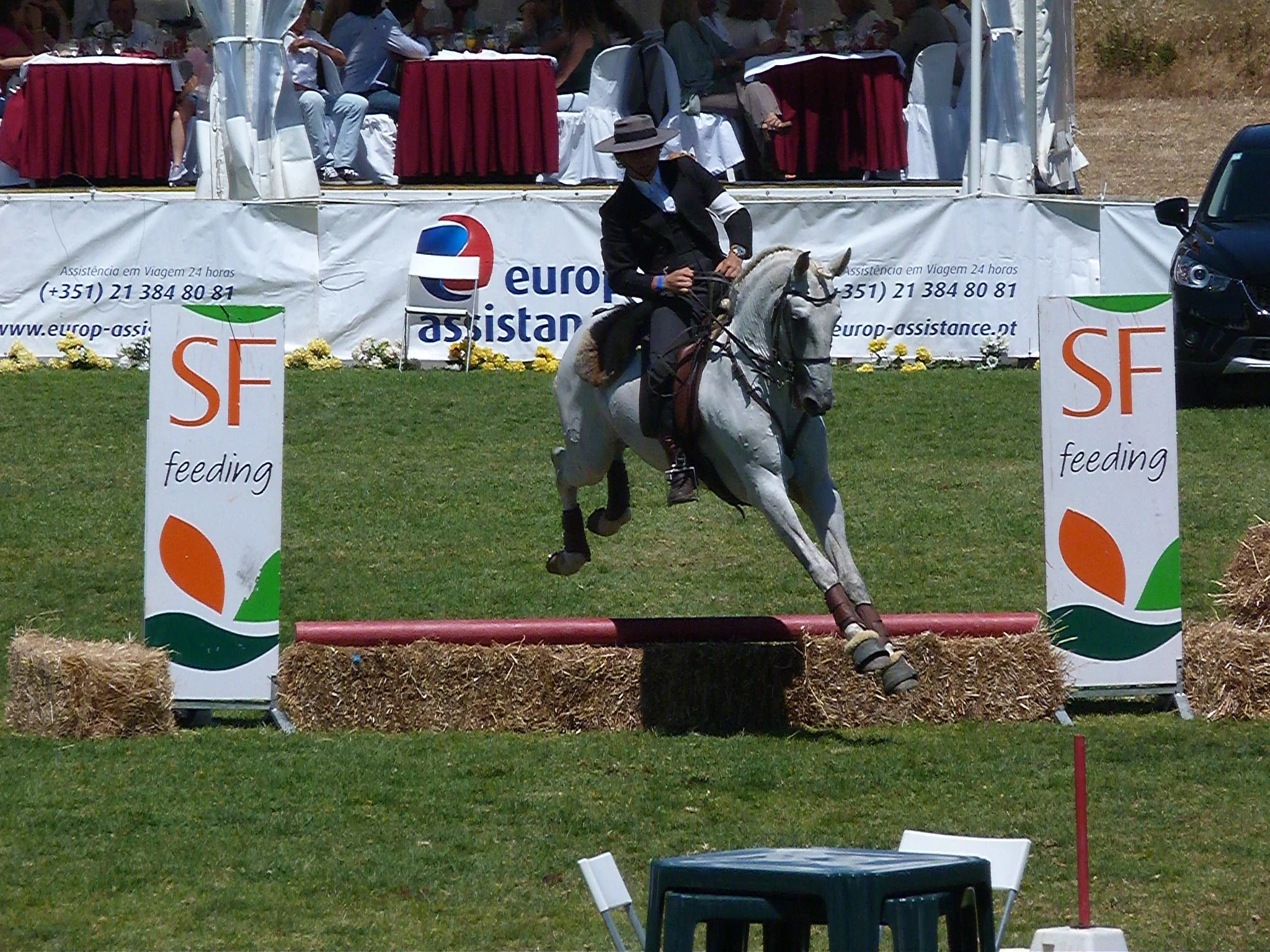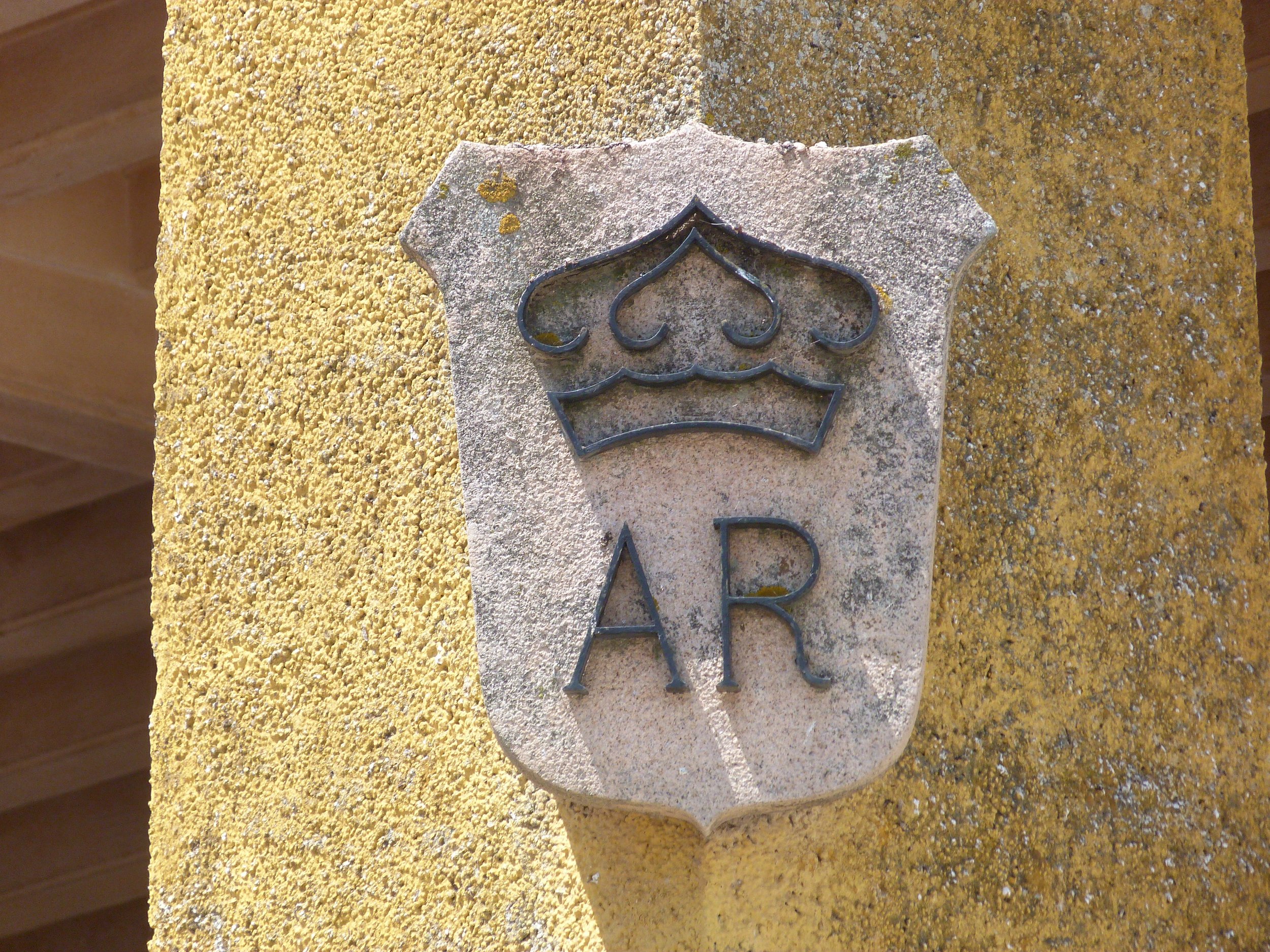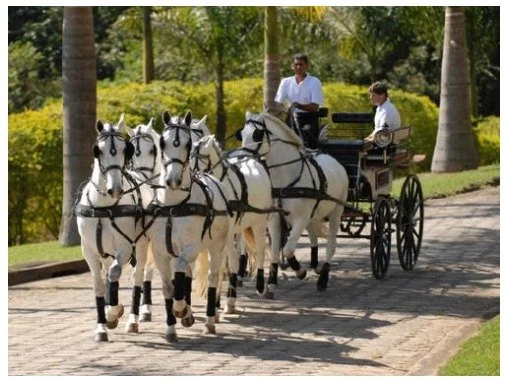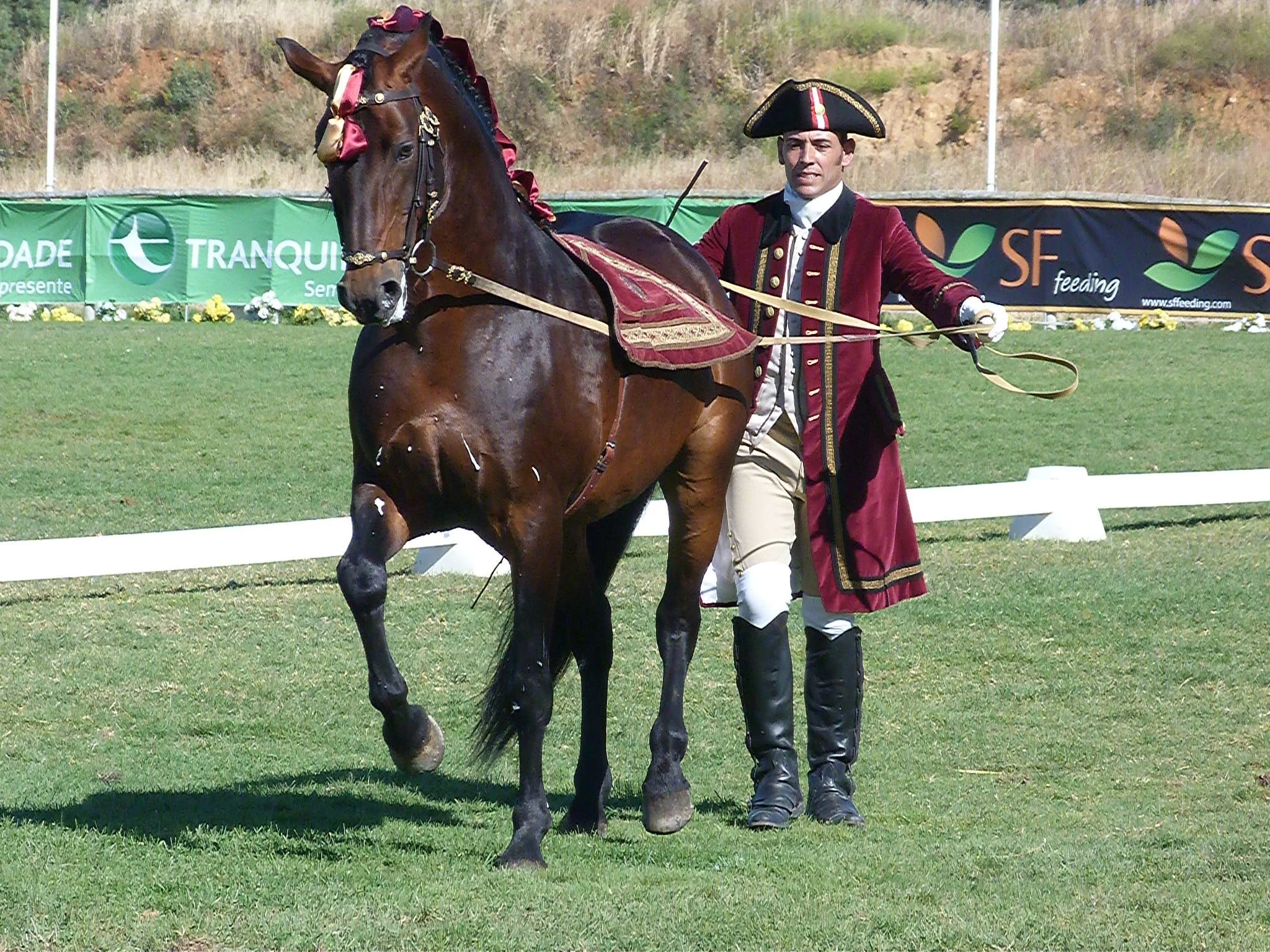
The Lusitano
The History of the Lusitano Breed
The Lusitano breed originates in Portugal. It belongs to the Baroque horse breeds meaning the breed is based on what was desirable in the sixteenth and seventeenth centuries. Originally, Lusitanos were used by the Portugese aristocracy to ride into battle or in the bullfighting arena.
Breed Characteristics of the Lusitano Horse
The Lusitano is a very ancient, pure breed, and is considered a hot-blooded horse. Lusitano’s are characterized by the "Sub-convex" form of their heads, rounded necks, excellent gaits and their ability in the toughest arena of all – the bullfighting arena.
The Lusitano is considered the "Sport Model" of the Iberian breeds. They have reached the top in many disciplines including Grand Prix Dressage and Showjumping, Working Equitation and in 4-In-Hand Driving they have been crowned World Champions.
Description
The Lusitano is midweight, medium framed horse with an average height of 15.1-15.3h.h. Coat colour is more commonly grey or bay however chestnut, black and dilute colours including palomino, cremello and buckskin are also very popular.
Lusitanos are known for their agile, forward and smooth movement which makes them a very comfortable riding horse. Their flexible bodies are designed for collection, expression AND extension.
The Lusitano must possess an uphill balance to facilitate the constant transitions of dressage training, be resistant enough to cover long distances at speed and work with a high degree of energy for a long time.
The Lusitano is an easy horse to manage. They tolerate extremely rough conditions. They thrive on poor quality grasses, have extremely strong feet, and hard legs. They don’t need a warm-up period they are always eager and willing to work. They seldom suffer from disease due to their strong constitutions.
Character
The temperament of the Lusitano is both noble and generous. They possess an enthusiastic attitude towards work and a human-oriented disposition.
Lusitanos are a horse with high levels of concentration and have a great attitude and skill for both classical and competition dressage. Their courage and enthusiasm makes them excel in Gineta exercises which include bullfighting, cattle work, combat and hunting.
A Lusitano must be very brave, so as not to mind when he gets threatened or occasionally gets hurt by a bull. He must be extremely careful to stay away from the bull's horns, yet bold enough to approach the bull with a daring courage.
The Lusitano's mind is always eager to work, anxious to learn and quick to remember the exercises learned. Highly intelligent, the Lusitano remains at all times docile enough for a child to ride.
·
Conformation
The Lusitano is famous for the sub-convex profile of its head which should be very expressive with almond shaped eyes. The neck is well arched with a narrow junction between the head and neck.
Lusitanos have long, oblique and well muscled shoulders with a well defined wither, relatively short coupled, with a strong back and an uphill appearance.
The legs of the Lusitano have dry joints and strong hooves and are of light to medium bone.
For a link to the full breed standard Click Here
The versatility of the Lusitano Horse
Dressage
The Lusitano Stud Book is making huge waves in the International Dressage Scene… More to come
Working Equitation
Working Equitation is one of the newest and most exciting of equestrian sports. Their are four phases, with the first three Dressage, Ease of Handling and the Speed test required for both Team and Individual Competitions and the fourth, the Cattle Penning trail used only in team competitions.
The dressage phase is very similar to a regular dressage test, but in a 20x40 arena and at the higher levels of the sport the test is performed one handed. The horse is required to be very forward and active yet light and attentive to the rider at all times.
The Ease of Handling and Speed phases utilise obstacles set up to replicate the challenges faced by the horse and rider working in the field. The obstacles are approached at walk or canter depending on the obstacle and all are executed with only the left hand on the reins.
Obstacles can include a bridge, slalom, double slalom, garrocha pole with bull and ring, small jump, opening and closing a gate, clover leaf barrels, side pass pole, stock pen, rein back L or Z, bell corridor etc.
The course is designed to test the rider and horse’s skill and control and to display both trust and empathy between the two. Accuracy, lightness and balance should be displayed from one obstacle to the next. Working Equitation is judges on the principles of classical riding with the horse working with the rider and responding to the lightest of aids.
The fourth phase (used only in team competitions) assesses the horse and rider’s ability to work with cattle. The combination needs to be able to sort and cut a cattle beast from the herd and then work with other team members to put it into a designated pen. This is a timed event.
The first World Championship for Working Equitation was held in Portugal in 2002 with 7 countries represented. Portugal won the teams event, all riding Lusitano horses and a Brazilian rider mounted on a Lusitano was the individual champion.
Since that date the Lusitano horse has blitzed all other breeds when it comes to championship levels of this sport.
The sport of Working Equitation is expanding rapidly around the world and with that comes a new wave of riders who are discovering their love and passion for the Lusitano.
Lusitanos are perfect horse for the sport of Working Equitation as they are a functional horse that has a great relationship with its rider. Lusitanos are obedient, brave and have the manoeuvrability and speed required to excel across all four phases of the sport.
Driving
Modeled on the ridden three day event, a Horse Driving Trials is in fact a kind of triathlon aimed at testing the overall versatility of an animal in harness as well as its rider.
The sport, which has seen Lusitano horses win the World Championship in the ‘four-in-hand’ class, was introduced in Brazil by Interagro, after a period of training of its members and staff at the Coudelaria de Alter, in Portugal, under the direction of Dr. Luis Lupi. Subsequently, five vehicles were imported from Germany, from the well known Künhle industry, which manufactures the best competition vehicles; one is a “Marathon” carriage for that kind of obstacle competition; two of the “Fun-Line” for leisure and less specialized competitions; and two “Phaeton” for leisure and dressage sports. Except for the first one, used for ‘cross-country’ tests, these vehicles may be used as ‘singles’, ‘pairs’ or ‘teams’, the latter including 4 (four-in-hand) or more animals. Interagro already drives teams of 4, 6 and 8 and is starting a team of 10 horses.
Driving horses must possess especial characteristics, such as strength and size, ability to perform, good gaits with great extension, and a lot of suspension in the trot, which is the main gait for this sport.
Classical Dressage
The Portuguese School of Equestrian Arte is one of the four Classical Dressage “High Schools” in Europe, alongside the Cadre Noir in France, The Spanish Riding School in Vienna, and the Real Escuela Andaluza Del Arte Ecuestre in Jerez, Spain.
The Portuguese School exclusively uses Lusitano horses bred at the Alter Real Stud Farm.
More to follow
Bullfighting And Farm Work
The athletic requirements of the bullfight have shaped the Lusitano's body through centuries of traditional use. They possess great physical and emotional abilities to perform instant departs, dashing gallops, complete stops, pirouettes, spins and brilliant piaffes.
Obviously, these exercises require blinding speed, acrobatic agility, a solid constitution and above all, limitless flexibility. The Lusitano horse in combat with the bull must be able to do all of those manoeuvres repeatedly, with great energy, yet appear to act as of his own will.
More to follow….
Images of the Lusitano Horse in their Home Land of Portugal
